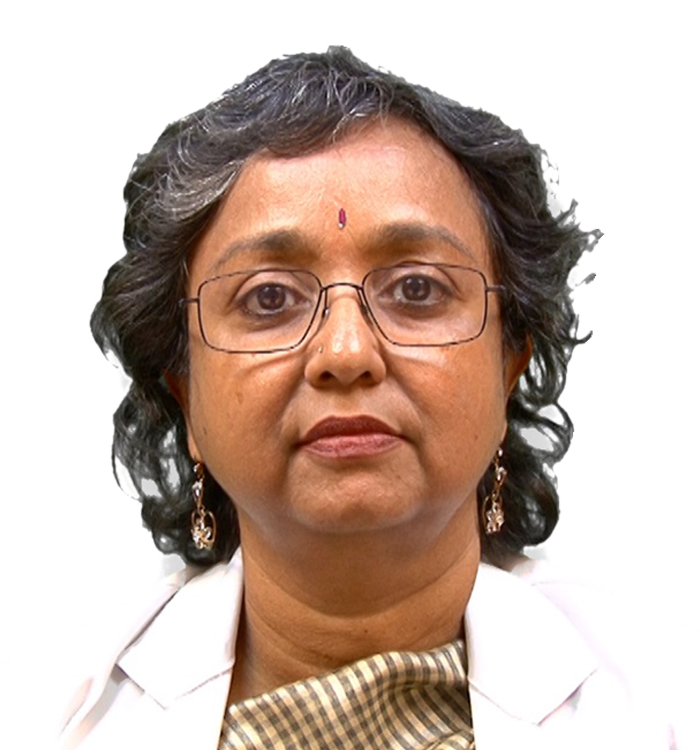1. Choosing the best time:
Train your clinic receptionist to ask the parents when the child is likely to be cooperative and/or awake. It is not uncommon for infants to sleep a lot during the day. It is also not uncommon for children on anti-seizure medication to be sleepy, thereby making examination difficult.
2. Child-friendly atmosphere:
Train your staff to speak to the child and address the child by name and smile and make the family feel welcome. The décor in the waiting area and in the examination room should be colorful with pictures and cut outs appropriate for a child. Furniture chosen should be non-impact and the flooring safe for children, if they fall. It should also be easy to maintain by wiping down frequently to prevent spread of infection. Using many colorful toys during examination takes away the fear of the experience to some extent for the child.
3.White coats:
A child often associates white coats with doctors and hospitals. Hence it is best to avoid wearing one. If coats are mandatory it is a good idea to have a clip-on toy attached to the pocket or lapel, or a colorful mask as an accessory to take away to some extent the fear of the white coat
4. Prepare for the child’s entrance:
It is essential that the treating ophthalmologist is able to assess the child as he/she walks into the examining room. A child’s visual behavior and abnormal head posture if any can be quickly assessed. It is better to go through the patient’s record and be prepared for the child’s entry by turning your attention fully to the child.
5. Small talk and rapport:
Addressing the child by name or pet name with a smile, talking about any striking dress or accessory (especially in the 3 to 8 age group), asking them about their school, their class teacher and best friend put the child at ease. It also gives more chance to observe the child’s behavior. Younger children are best seated in the caregiver’s lap.
6. Get creative:
Children who are very uncooperative or burst into tears when entering the room may even need to be examined in the waiting area or corridor. One can pretend to be focused elsewhere, appear to be taking a walk away from the child, stay partially hidden or even engage the parent in covering either eye to check fixation.
7.Too shy or uncooperative for vision check?
This is not a problem. One can always send the parent home with a copy of the matching card of the Lea symbols. Parents are adviced to play the ‘matching game’ with two copies at home where the child does not even have to verbalize but can just point to the object. This will improve testability during the return visit
8. Cycloplegia time:
Often putting cycloplegic drops in the eyes is the most challenging part of the exam. Children have very strong feelings and cry a lot or become uncooperative subsequently. It is better to train staff to put the drops so that the child does not associate the drops with the doctor. The very uncooperative children can be subjected to atropine refraction where the parent is asked to apply Atropine ointment for three days after the child is asleep and bring the child back on the fourth day to complete the cycloplegic refraction.
9. Keep the child hungry or almost asleep for IOP checks:
Infants who need an Intraocular pressure measurement can be kept hungry. The IOP is checked as soon as the bottle is given to the child. A very hungry child who is gulping down the milk or juice usually permits a relatively painless quick procedure to be carried out.
10. Use technology:
There are situations wherein a satisfactory examination may not be accomplished in the first visit. Encourage parents to bring videos, photos of their child at home and at play. It is easier to see abnormal head posture, decompensating squints, etc. when the child is in a familiar atmosphere and is busy engaged in play. As far as selfies remember that the photo is flipped horizontally in Android phones. Photos both current and old are an invaluable resource. Parents can email them to you before the follow up too.
Hope these tips and tricks make examining children a little bit easier. Children liven up the clinic and examining them can be challenging but greatly rewarding.
